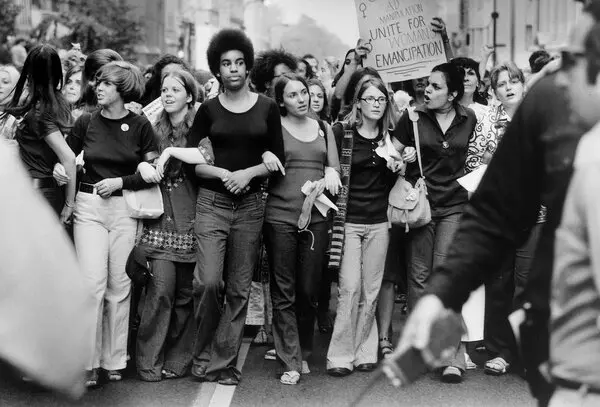
John Olsen
It’s the late 18th century, corsets are out, and feminism had taken shape in its earliest form when Mary Wollstonecraft, a moral and political English philosopher, published A Vindication of the Rights of Woman in 1792. Wollstonecraft’s work challenged the inferiority of women by arguing that denying women education obstructs societal contribution and promotes dependency. Through education, women can take control of their own lives and make a greater contribution to society as equal citizens. The first wave of feminism (1848-1920) secured the political rights Wollstonecraft wrote about: the right to vote, own property, and control earnings. In 1949, Simone de Beauvoir, a French existentialist philosopher, activist, and social theorist, published The Second Sex. She suggested that the disparities between men and women are not biological; it is the environment in which women live and societal attitudes towards women. de Beauvoir had developed a foundational text for modern feminist theory and began the second wave of feminism (1960-1980). Feminists of the third wave (1980-present) aim to broaden the effects of the movement to all women.